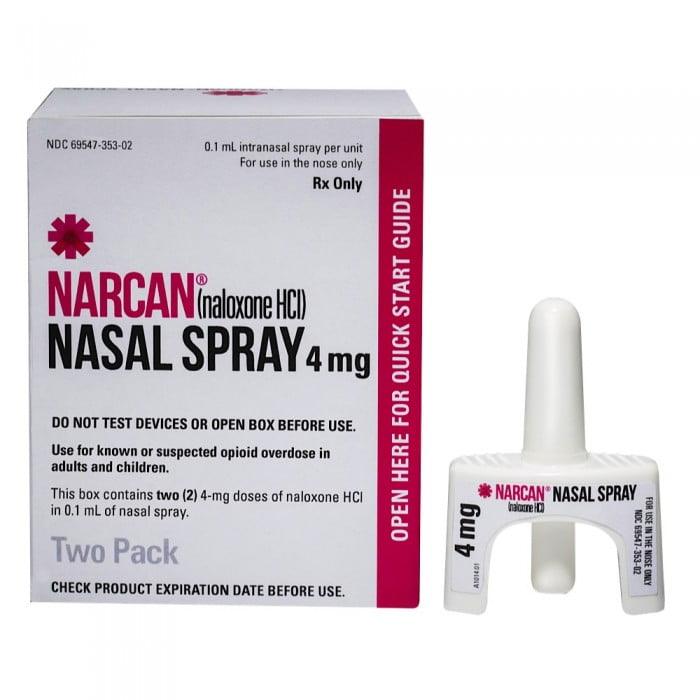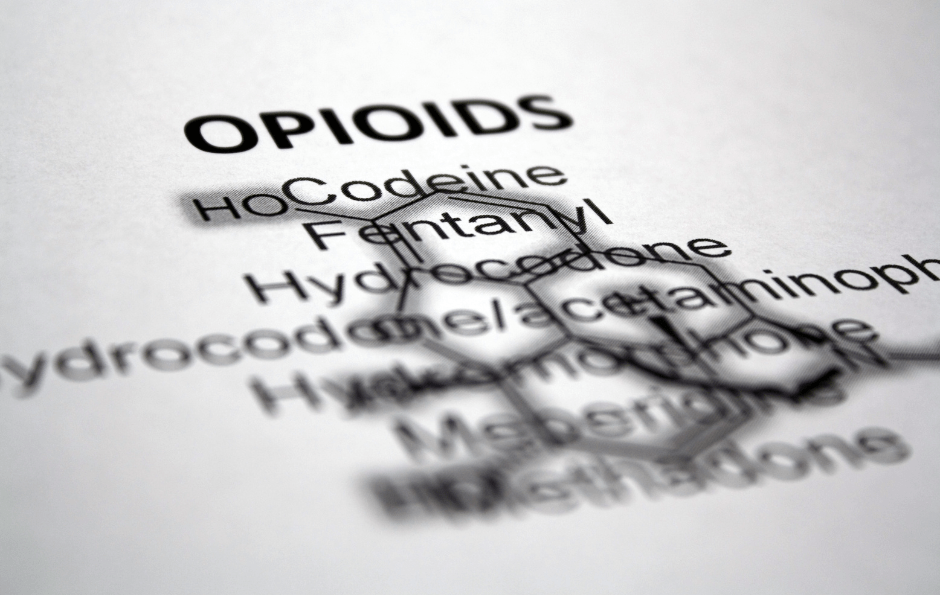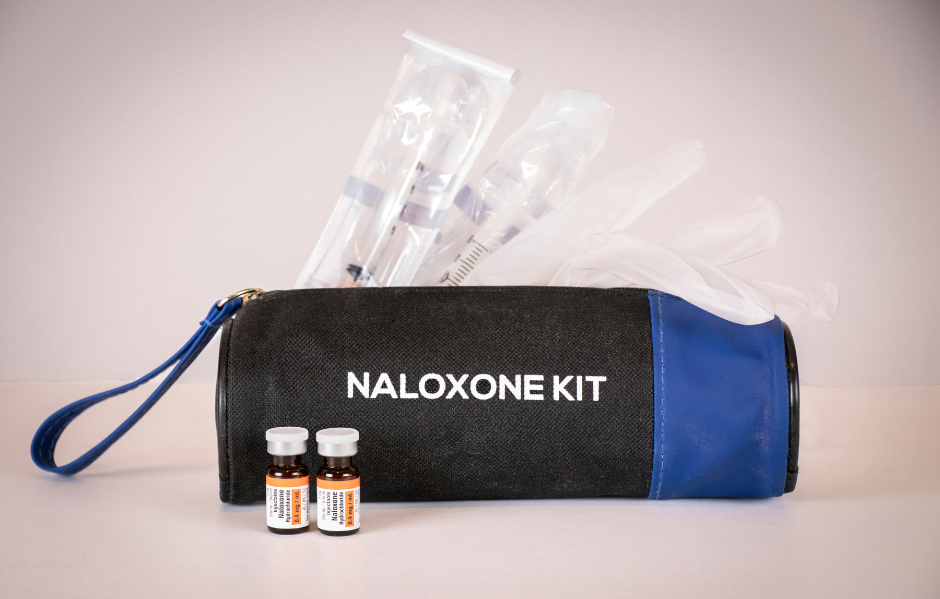The Lifesaving Opioid Overdose Reversal Agent

Naloxone, often referred to by its brand name Narcan, has become a critical tool in the battle against opioid overdose deaths. As opioid addiction continues to be a widespread public health concern, understanding how naloxone works is essential for both health care professionals and the general public.
How Opioids Work

Opioids range from prescription painkillers like oxycodone to illicit substances such as heroin and fentanyl. Opioids bind to specific receptors in the brain and spinal cord, blocking pain signals and inducing a sense of euphoria. However, this mechanism also suppresses vital functions like breathing, leading to respiratory depression and, in severe cases, overdose.
What Naloxone Does
Naloxone acts as an opioid receptor antagonist, meaning it competes with opioids for binding to the receptors. Unlike opioids, it does not activate these receptors but binds to them with a higher affinity, displacing the opioids and rapidly reversing their effects. Essentially, it kicks opioids off the receptors, restoring normal breathing and preventing further life-threatening complications associated with overdose.
Naloxone Administration
Naloxone is available in various formulations, including intramuscular injection, intranasal spray, and auto-injector devices. The choice of administration depends on the situation and the training level of the person providing assistance. Health professionals often administer naloxone intravenously for immediate and precise effect, while laypeople can use intranasal sprays or auto-injectors with minimal training.
Rapid Onset and Duration
One of naloxone’s key attributes is its rapid onset of action. Once administered, it starts working within minutes, making it a crucial tool in emergency situations. However, its effects are relatively short-lived compared to many opioids, and repeated doses or continuous monitoring may be necessary, depending on the specific circumstances of the overdose.
Challenges and Considerations
While naloxone is a powerful and effective intervention, it is not a cure for opioid addiction. It serves as a temporary solution to reverse the life-threatening effects of an overdose, providing a window of opportunity for further medical intervention. Additionally, timely administration is crucial, as delays can diminish its effectiveness.
Community Access to Naloxone
In response to the opioid crisis, efforts have been made to increase public access to naloxone. Many states and countries have implemented programs to distribute it to individuals at risk of opioid overdose, as well as their friends and family members. Education on recognizing the signs of overdose and proper administration is a key component of these initiatives, empowering communities to respond effectively to opioid-related emergencies.

As part of a comprehensive approach to addressing the opioid epidemic, widespread access to naloxone, coupled with education on its use, can save lives and contribute to a healthier and more informed society. While it is an essential tool, it is equally important to address the root causes of opioid addiction through prevention, treatment, and support services. For more information about treatment for opioid use and other substance use disorders or for a comprehensive assessment, call (360) 876-9430.

